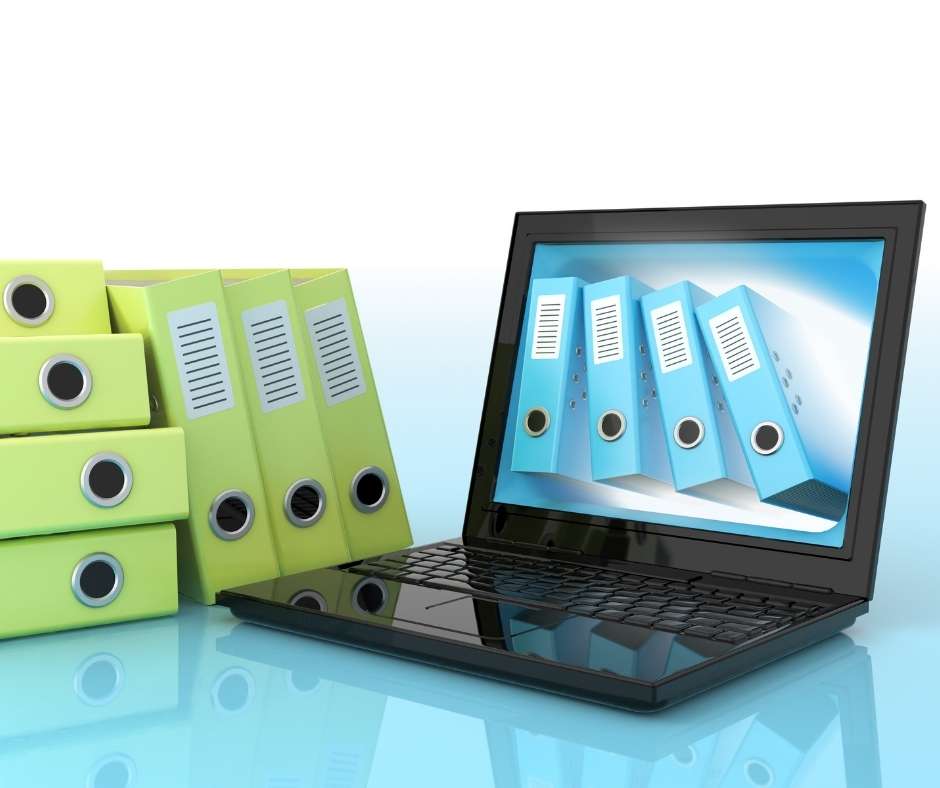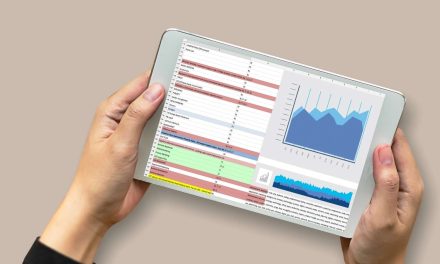
Third-party cookies will become obsolete in 2023, which is why advertisers have been focusing on collecting first-party information from their channels and planning future strategy. We have already shared some tips about how to use your CRM data to buy programmatically in another article, but here we will explain how to unlock the full potential of first-party data.
What should brands do with their CRM data?
Considering the limited access to third-party data, brands will need to use first-party information effectively for their marketing strategy.
Usually, brands use their CRM data to measure and re-engage customers, uploading customer lists until they come up with the next marketing strategy. But much more can be done. Modernizing the current data flow between CRM and marketing platforms is a great option.
What is a modern data flow?
The main focus here is updating. For a truly modern data flow, brands should use first-party data that holds privacy and security information and that is updated on a daily basis.
In order to do this, we recommended extracting the data from your CRM, mincing it and sending it to a data processor such as Bucksense. Some other popular data processors are Google 360, Meta, LiveIntent and LiveRamp.
This process allows brands to have constant updates on their audiences to use later in every programmatic platform with prospective campaigns. You can segment the audience in vastly different and specific ways depending on what your brand is looking for and what the strategy is.
For instance, think about a travel company that closes sales over the phone. The company could target users who called a year ago but who never booked anything.

Some tips to leverage your updated data flow
Some of the best ways to use this new data flow are:
Targeting and measuring
Organizing your CRM correctly allows you to target your audience and measure your results in ways that you haven’t previously considered. This will eventually turn into new ways of producing leads more efficiently.
Budget planning
Knowing all the possibilities of a modern data flow can help you determine which parts of your strategy and daily operations can be extended and strengthened. This will allow you to be more mindful of how you spend your budget.
Combine online and offline channels
You can’t track offline data via online marketing tracking systems, which is why first-party data is crucial to update your marketing strategy with complete audience data from both your online and offline channels.
Engagement
You can create a multichannel and omnichannel strategy with the data collected from your online and offline channels. This will allow you to engage your clients and reinforce your message from multiple perspectives.
Retargeting
Thanks to this new modern data flow, you can create retargeting and prospective campaigns that leverage the data you’ve collected and processed beforehand.
The advertising world is moving forward and first-party data seems to be key to surviving this fast-changing industry. Working on leveraging your CRM data will give you a huge advantage over your competitors. Stay tuned if you want to know more!
What is CRM data?
CRM data is the information from your Customer Relation Management database. It includes information regarding your customers’ identity and behavior.
How can you use CRM data programmatically?
Using personalized segmentation, creating retargeting and prospective campaigns, managing your budget and measuring your campaigns more accurately.










